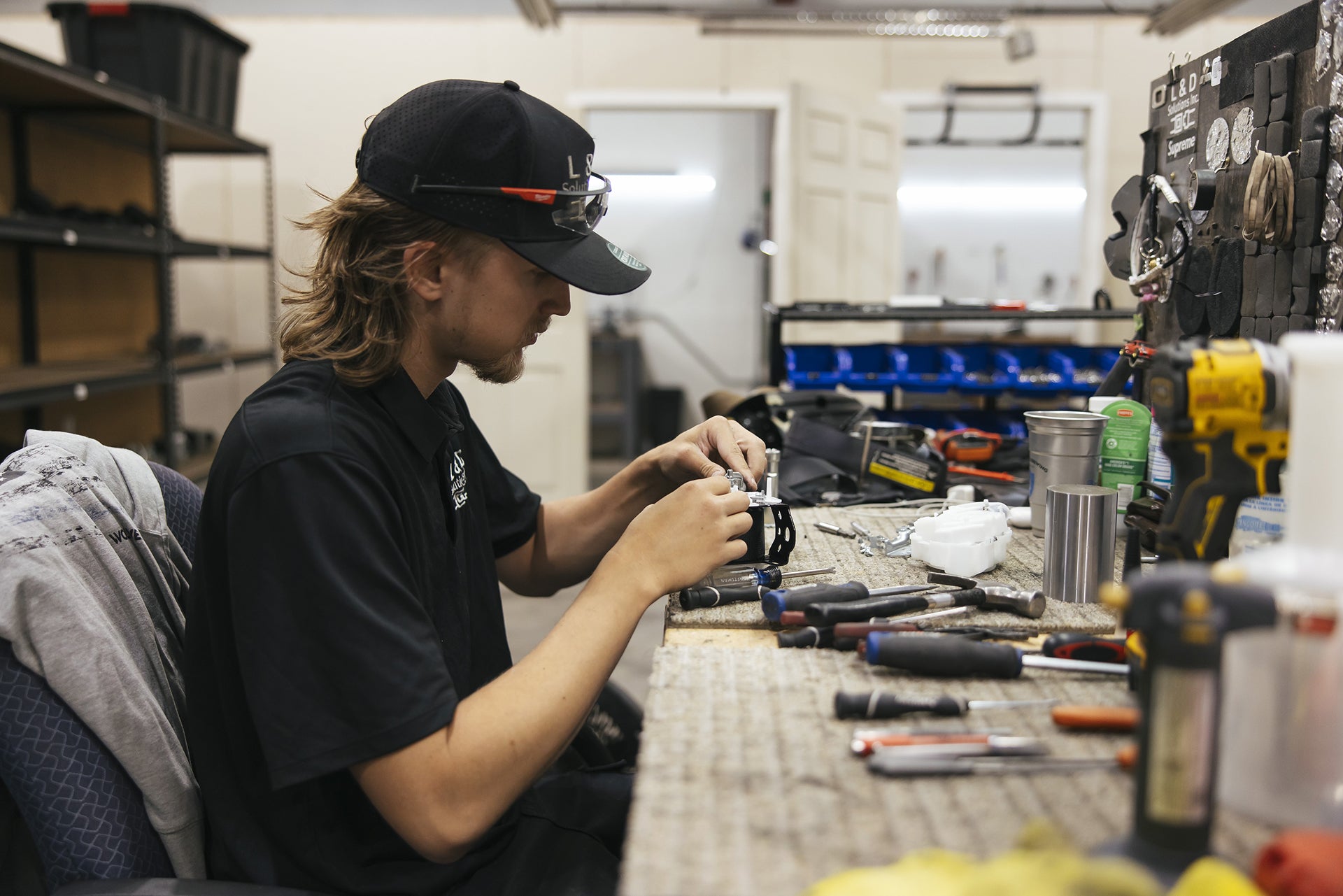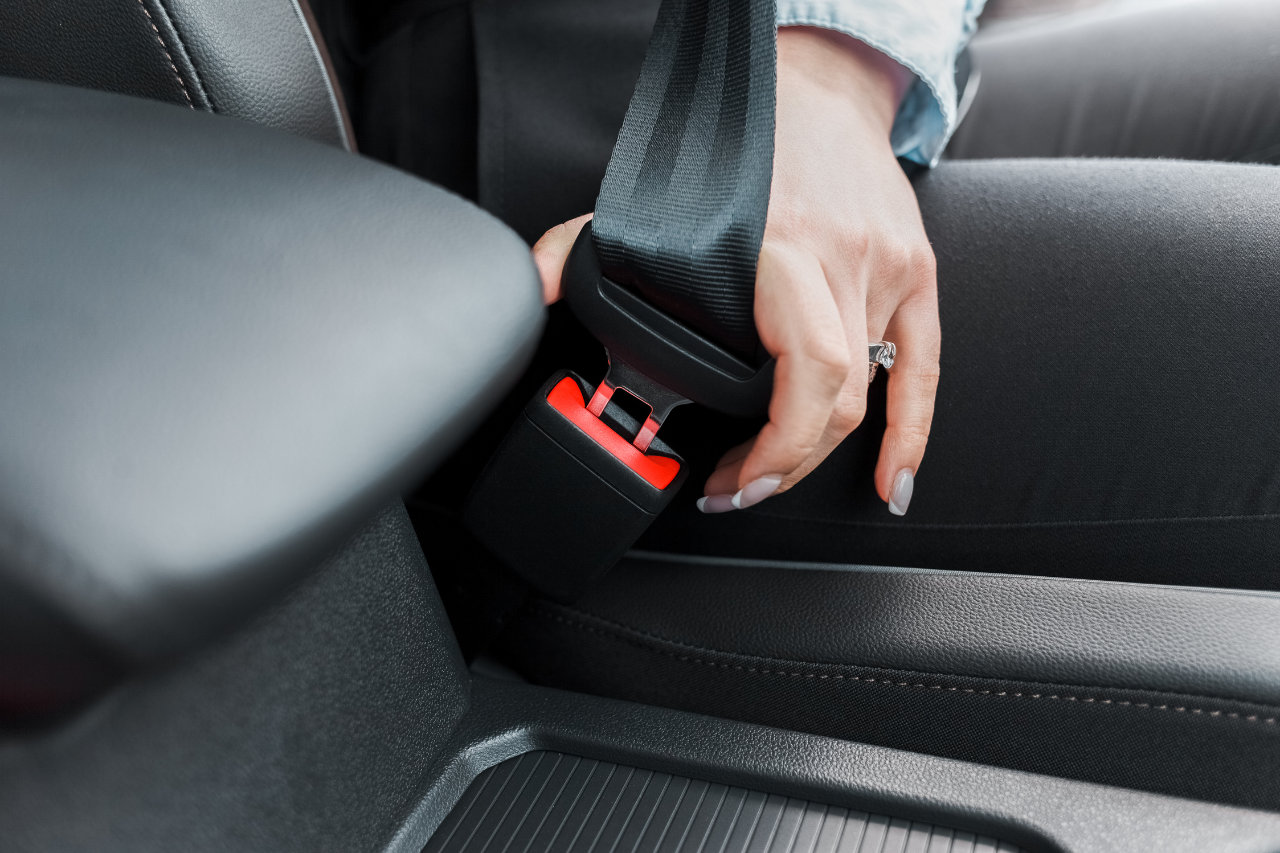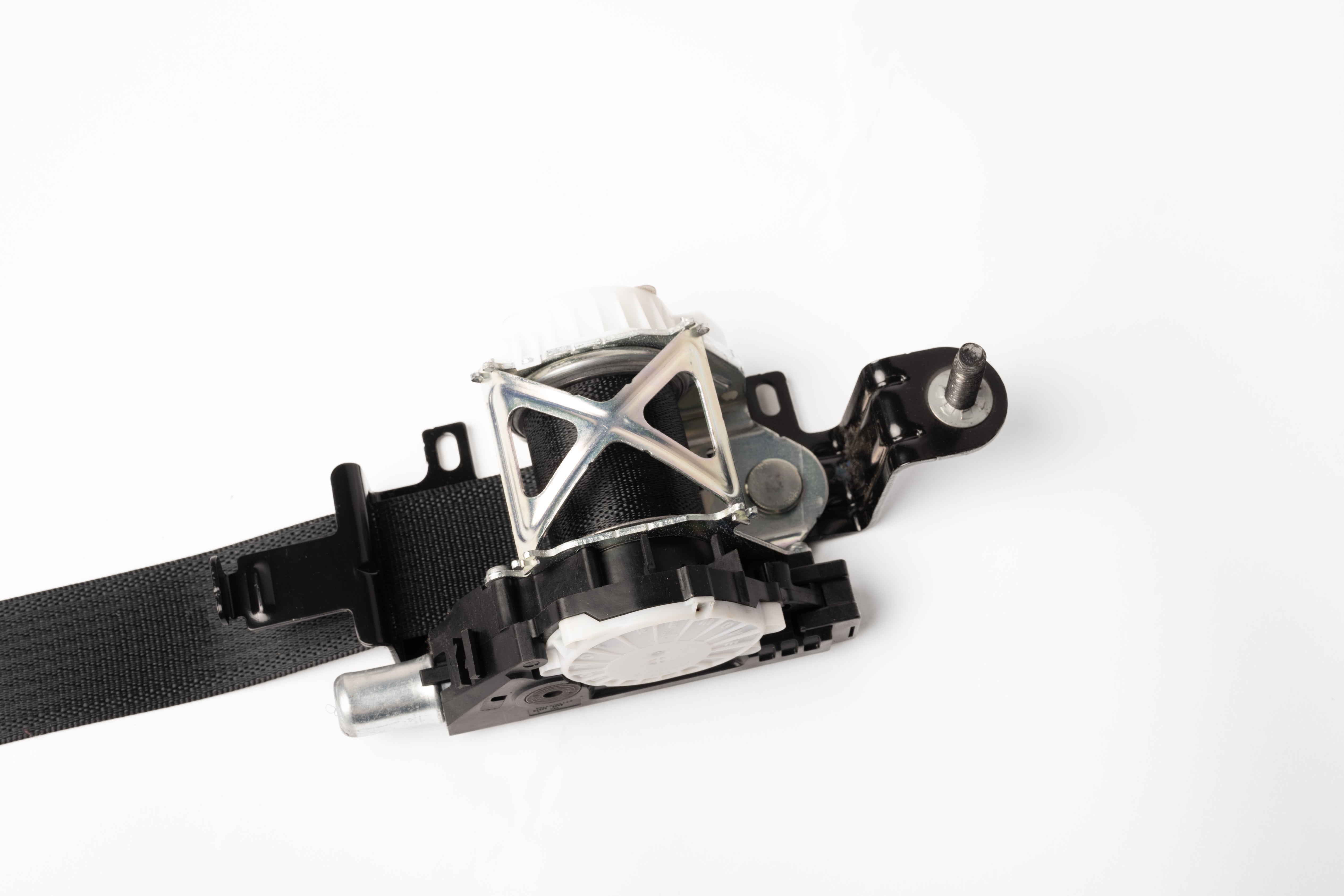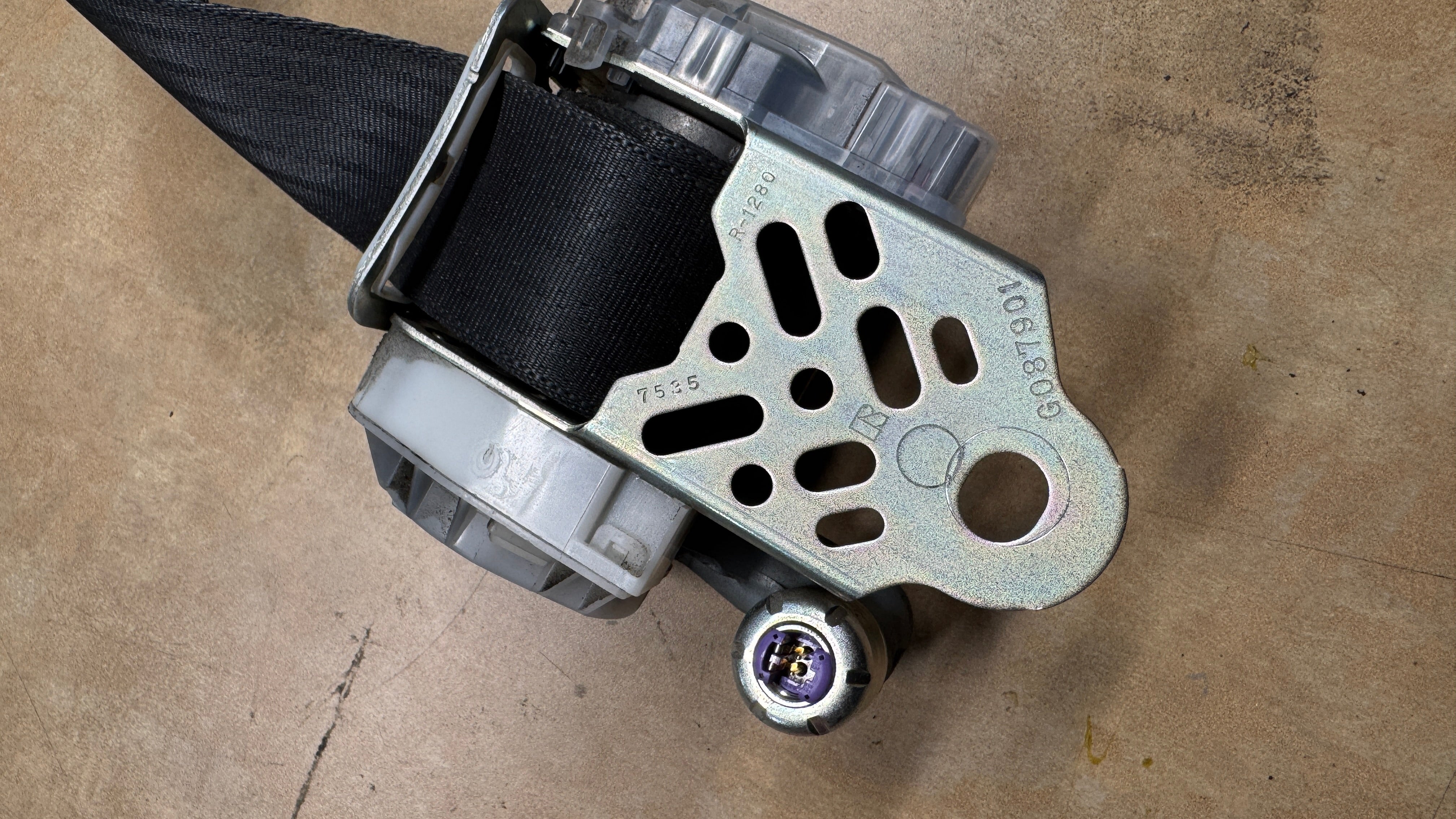How Seat Belt Tensioners and Airbag Systems Work Together to Keep You Safe
Picture this: You're cruising down the highway, singing along to your favorite song, when suddenly, the car in front of you slams on the brakes. You react instantly, hitting your own brakes hard. The world slows down for a second—then BAM! You’re in a crash.
Now, what happens next isn’t just about your airbags or just about your seat belt. It’s about both working together in a split second to keep you safe.
Most people think of airbags as their primary defense in a crash, but the reality is, they’re only part of the story. Seat belt tensioners play a critical role in making sure that airbag does its job properly. Without them, your airbag could actually do more harm than good.
What’s a Seat Belt Tensioner?
Ever notice how your seat belt locks up when you stop suddenly? That’s part of how it keeps you in place. But in a serious crash, you need more than just a locking belt—you need it to tighten up instantly and hold you firm. That’s where the seat belt tensioner comes in.
🔍 There Are Two Main Types:
- Mechanical Tensioners: These work like a wind-up toy. A spring-loaded mechanism pulls the belt tight when it senses a sudden stop.
- Pyrotechnic Tensioners: Uses a small, controlled explosion to yank the belt tight instantly in a crash.
How Airbags Work (And Why They Need Seat Belts)
Airbags deploy at up to 200 mph to cushion impact, but they only work if you’re positioned correctly. If you’re too far forward, they can cause serious injuries instead of protecting you.
That’s where seat belt tensioners come in. They keep you in the right position so the airbag deploys safely.
🚗 What Happens If the Seat Belt Tensioner Fails?
- You move too far forward before the airbag deploys.
- The airbag hits you too hard, possibly causing more harm than good.
- Your head and chest could hit the steering wheel or dashboard.
How to Tell If Your Seat Belt Tensioner Is Failing
- 🔴 The seat belt feels loose.
- 🔴 Your seat belt doesn’t retract properly.
- 🔴 The SRS warning light is on.
- 🔴 You hear a clicking or grinding noise from the mechanism.
🚨 If you notice any of these signs, get your seat belt checked immediately!
Can You Fix a Seat Belt Tensioner?
Short answer: No.
Once a seat belt tensioner activates, it must be replaced.
💰 Estimated Replacement Costs:
- Seat Belt Tensioner: $150 - $500
- Airbag: $1,000 - $3,000
- SRS Control Module: $50 - $200
Need Your Seat Belt or SRS System Fixed? L&D Solutions Can Help!
🚗 If you're dealing with a seat belt that won’t retract, an SRS warning light that won’t go away, or a seat belt tensioner that’s been deployed in a crash, L&D Solutions specializes in seat belt and airbag system repairs.
🔧 Why Choose L&D Solutions?
- ✅ Expert Repairs & Replacements: Seat belt tensioners , airbag modules , and SRS system resets.
- ✅ Fast & Affordable Service: Don’t replace your entire system when a repair can get you back on the road safely.
- ✅ Certified & Trusted Technicians: Handling seat belts and airbags isn’t a DIY job—let the professionals do it.
🚨 SRS Light On? Don’t Ignore It! 🚨
Your SRS warning light is a sign something’s wrong with your seat belt or airbag system. If you don’t fix it, your airbags may not deploy in an accident.
📞 Call L&D Solutions today and get your seat belts, SRS system, or airbags working like new again! Your safety is worth it. 🚗💨




Leave a comment
This site is protected by hCaptcha and the hCaptcha Privacy Policy and Terms of Service apply.